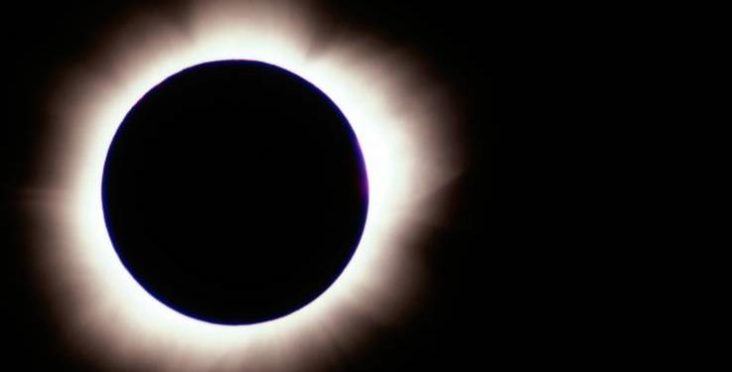Arkansas State University teamed with NASA to retrieve data during solar eclipse
by August 22, 2017 8:35 pm 378 views

Millions of Americans stared at the sky Monday, witnessing the first full solar eclipse since 1979. Two Arkansas State University professors, at least 50 ASU students, and others gazed at the sky, but they were at work.
The ASU team partnered with NASA to retrieve data for the country’s space agency. Professor of Science Education Dr. Tillman Kennon and Dr. Ross Carroll, associate professor of physics led the team.
“About an hour before go-time, I just stepped back and I watched our students,” Carroll said. “Frankly, they could have run it without me, and I felt really proud. All of our students were great, but in particular, we had a couple of students who kind of took the lead – Justin Barnes and Patrick Tribbett. Justin was extremely helpful with the technical aspects. At one point, I took a break and looked over and Patrick was just in charge. He was helping lead the other students, and so long as I saw that he was calm, I knew everything was good.”
The team capped more than a year of preparation when they launched a high-altitude balloon in Fulton, Mo., an hour before the eclipse. With Arkansas only experiencing a partial eclipse, it was necessary for the team to travel to central Missouri. The balloon was sent aloft with multiple cameras, tracking devices, and other instruments such as spectrometers and Geiger counters. The team met NASA’s objective with the balloon, capturing images not only of the sun, but of the moon’s shadow on the earth’s surface. NASA will use the images and data, along with those of around 50 other teams who also participated in the partnership, to study the eclipse.
“One of our biggest accomplishments was the video system,” said Tribbett, a senior physics major. “One of our payloads was recording live video, which it saved to an SD card. We are starting to piece that together and hopefully get to make a panoramic video.”
The payload parachuted back to earth after reaching an apex of just over 80,000 feet, or 15 miles. It was recovered at the edge of a creek 50 miles northeast of Fulton on Monday afternoon.
More than 100 students, faculty and staff from ASU were on hand, and the entire student body of Fulton High School filled the stands at the football field. Kennon said that exposing so many young people to the experience of the eclipse was one of the day’s biggest achievements.
“One of the biggest accomplishments was the number of people there that got to see it,” said Kennon. “I know we got video and the other boxes have a bunch of data that we will get, and that’s all important, but just opening this up to the younger people is something that they will remember for the rest of their lives.”
